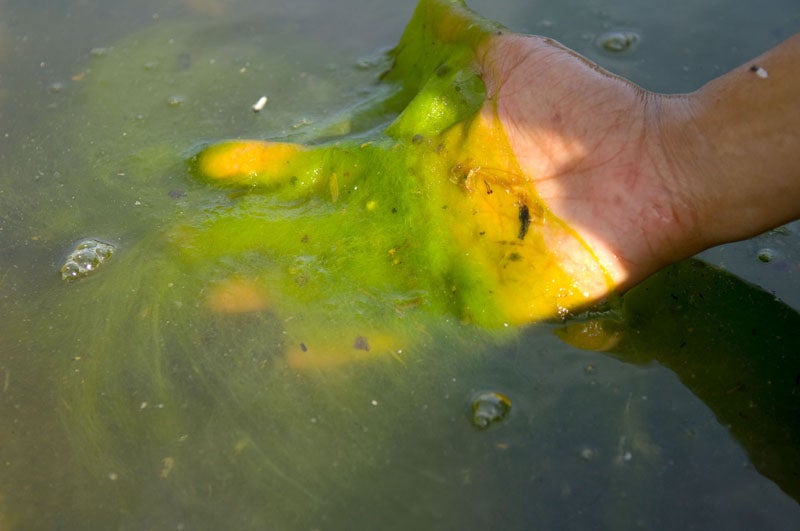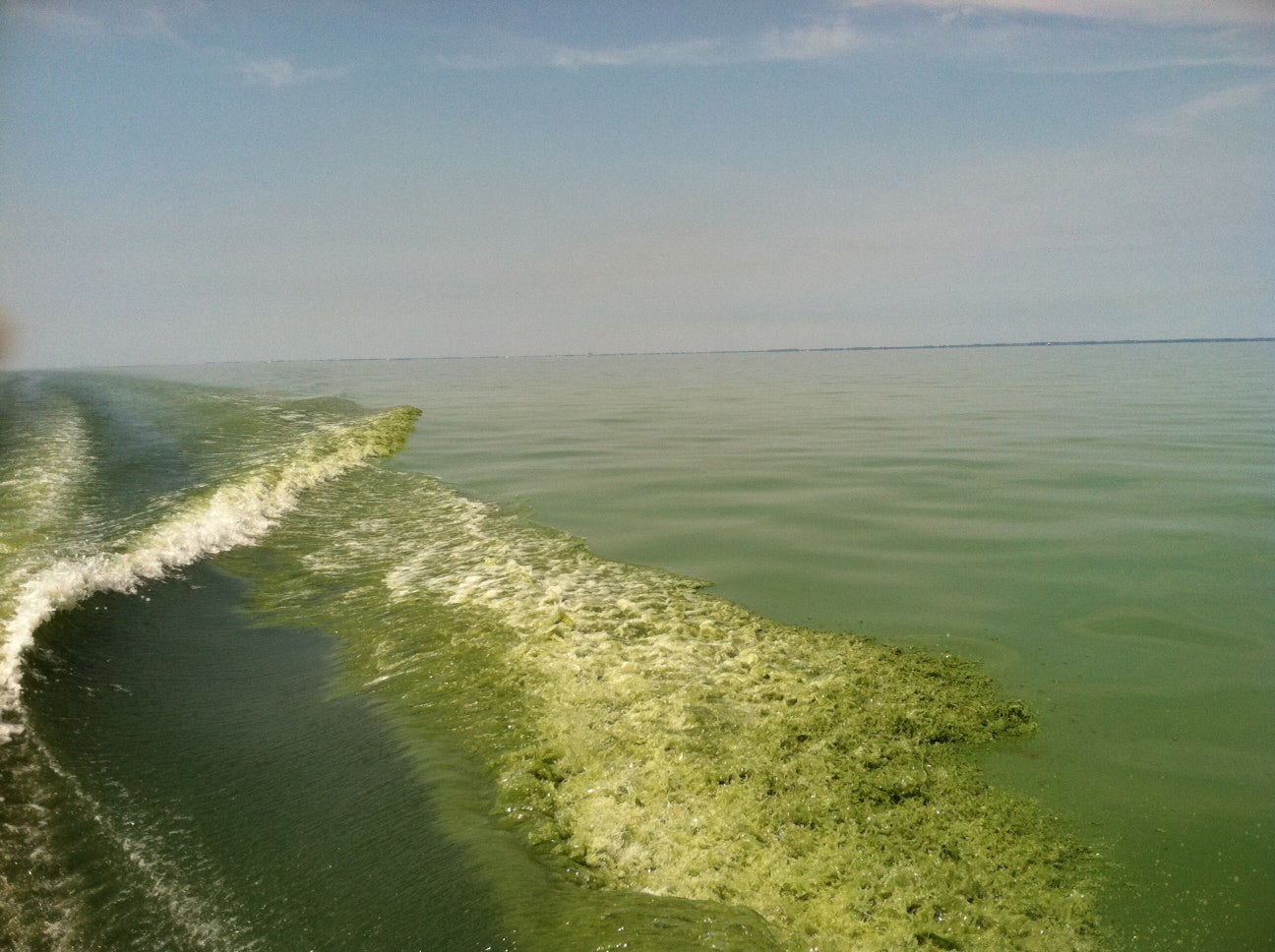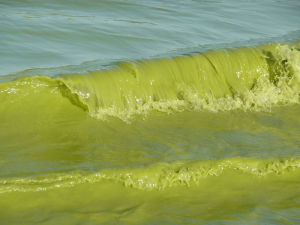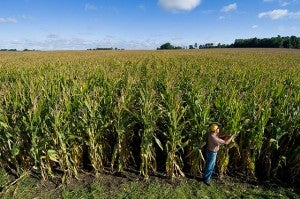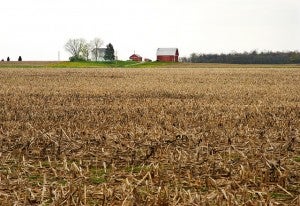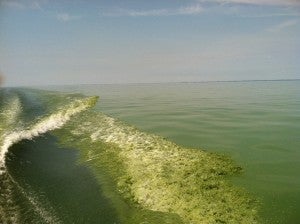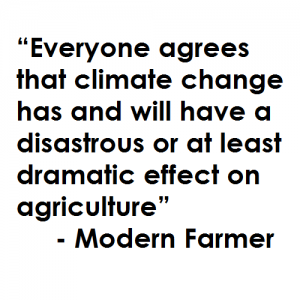Every year, blue-green algae in Lake Erie impacts lake tourism and sometimes elevates concentrations of a toxin that can harm human health and impair drinking water. While multiple sources contribute to this nutrient-fueled problem, fertilizer runoff from farms is the largest.
Cleaning up the lake requires farmers’ active participation, and many agricultural conservation partnerships with farmers are underway in the Lake Erie basin. For example, the Lake Erie Conservation Reserve Enhancement Program (CREP) helps farmers and landowners defray the costs of setting aside land and planting grasses or wildflowers, or creating wetlands to help capture and treat nutrients leaving the farm field.
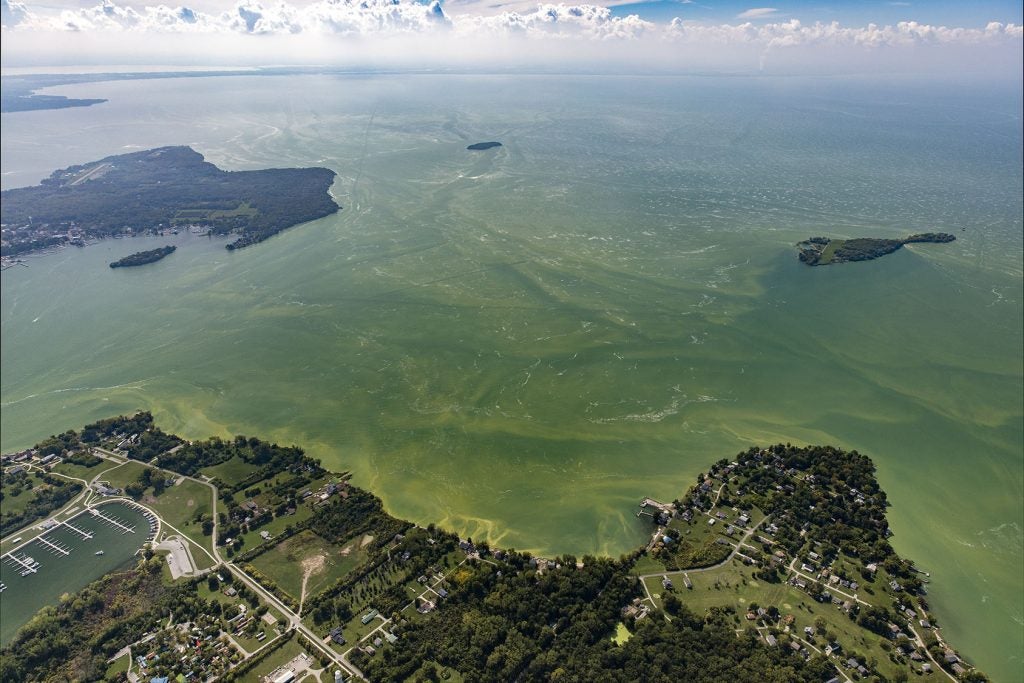
Photo credit: NOAA Great Lakes Environmental Research Laboratory
The first wave of Lake Erie CREP contracts began to expire last month, highlighting a growing vulnerability for this conservation model: how to maintain conservation practices on marginal, less productive or flood-prone acres after the initial contract runs out.
This question is especially urgent for land in sensitive areas that provides disproportionately large ecosystem benefits like water filtration. Read More










